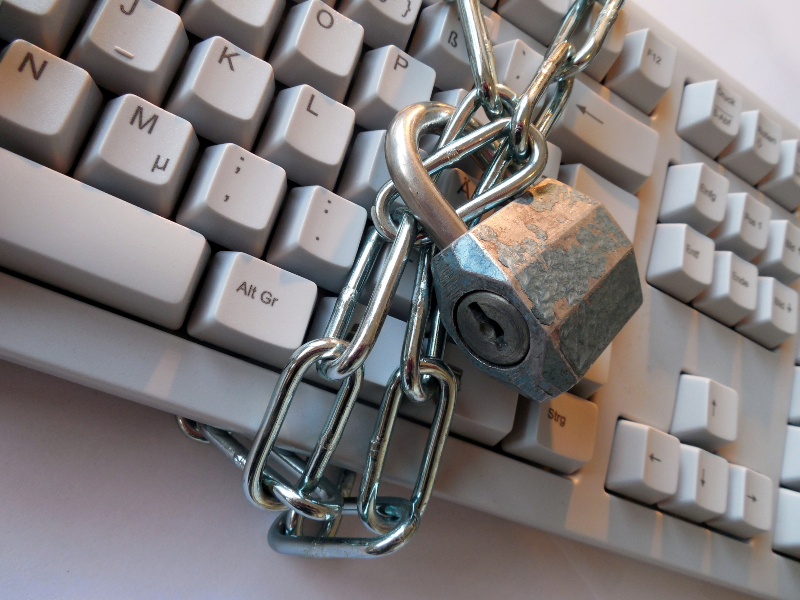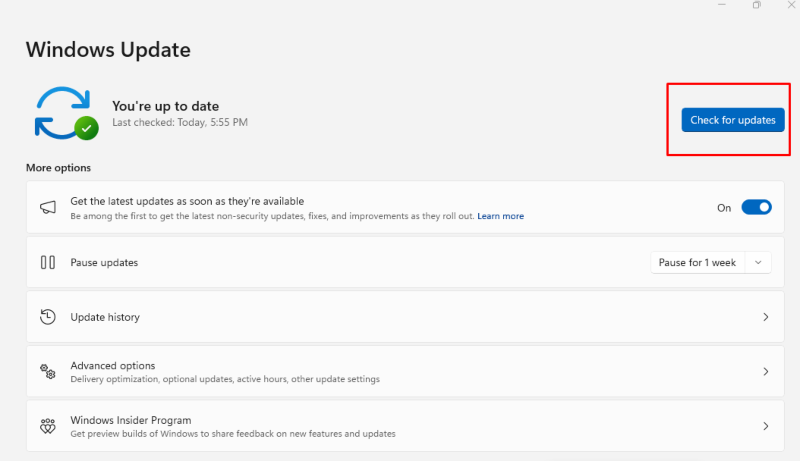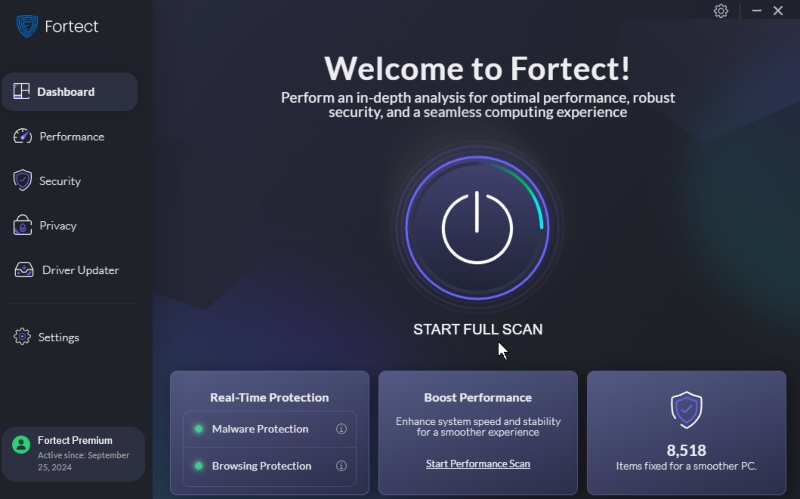Windows File Sharing Best Practices
Sharing files across multiple devices and users has become essential for personal and business environments. Windows offers robust file-sharing capabilities, making sharing documents, photos, and other files with colleagues, friends, or family easy. However, sharing files without proper security can expose sensitive information to unauthorized access and cyber threats.
With Fortect, we will examine the best practices for Windows file sharing to ensure your data remains safe and secure.
What is File Sharing?

File sharing refers to distributing or providing access to digital files, such as documents, images, videos, or software, over a network. This can be done using various methods, including local network sharing, cloud storage services, or email attachments. On Windows, file sharing allows users to access files on other computers within the same network, making collaboration more accessible and efficient.
While file sharing can improve productivity, following best practices to mitigate potential security risks is essential.
6 Ways to Safely Share Files
Several steps can be taken to ensure safety and security when sharing files on a Windows system. Here are some of the best practices:
Use Password Protection

Password protection is one of the simplest yet most effective ways to protect shared files. You can control who can view or edit your data by requiring a password to access shared files. On Windows, you can set permissions and passwords for shared folders to restrict access to authorized users only.
- Right-click the folder you want to share and select Properties.
- Go to the Sharing tab and click Advanced Sharing.
- Check the Share this folder box, then click Permissions.
- Set permissions for different user groups and apply a password if necessary.
Enable Network Discovery and File Sharing
Ensure your Windows PC’s Network Discovery and file-sharing settings are appropriately configured for secure file-sharing. Network Discovery allows your computer to find other devices on the network, while File Sharing enables the sharing of files and printers.
- Open Settings and go to Network & Internet.
- Click on Network and Sharing Center.
- Select Change Advanced Sharing Settings from the sidebar.
- Under the Private, Guest, Public, and All Networks sections turn on network discovery and file and printer sharing.
Set Appropriate Sharing Permissions
Not all files are meant to be shared freely. Windows allows you to set specific permissions for shared files and folders, such as read-only or full access. You can control who can read, modify, or delete your files by configuring these permissions.
- Right-click the folder you want to share and select Properties.
- Go to the Sharing tab and click Advanced Sharing.
- Click Permissions and adjust the settings according to your preferences.
Use Encrypted Connections
It’s crucial to use encrypted connections to protect data during transfer. Windows supports encryption protocols like SMB (Server Message Block) encryption, which helps safeguard data as it moves across the network.
- Open PowerShell as an administrator.
- Enter the command: Set-SmbServerConfiguration -EncryptData $ proper.
- Press Enter and restart your computer for the changes to take effect.
Regularly Update Your System and Software

Keeping your Windows operating system and all related software up to date is vital for maintaining a secure file-sharing environment. Updates often include security patches that address system vulnerabilities.
- Go to Settings and click on Update & Security.
- Select Windows Update and click Check for updates.
- Install any available updates and restart your computer if required.
Use a Third-Party Antivirus and Malware Scanner
An often overlooked aspect of secure file sharing is scanning files for malware before transferring them. A third-party antivirus and malware scanner, like Fortect, can help identify and remove malicious files before they are shared across your network. Fortect automatically scans any files and programs for malware, provides real-time notifications, and removes the malware, if there’s any, before sharing the file.

Download and install Fortect now.
Risks of Unsafe File Sharing
Sharing files without proper security measures can expose your data to various risks. Cyber threats like malware, ransomware, and unauthorized access can compromise your files and lead to data breaches. For example, if you share a folder without setting appropriate permissions, anyone on your network could access and modify the contents.
This lack of security can result in unauthorized data access, loss of sensitive information, or even financial loss.
To avoid these risks, it is essential to follow the best practices mentioned above and stay vigilant about your file-sharing habits. Always ensure that the files you share are adequately protected and that you know who can access them.
Conclusion
Windows file sharing is a powerful feature that can enhance productivity and collaboration. However, it can also be a gateway for cyber threats without proper security measures. By implementing best practices such as using password protection, enabling encrypted connections, and setting appropriate sharing permissions, you can ensure a safe and secure file-sharing experience.
Stay updated with the latest security practices to protect your data and minimize risks.
Following these guidelines, you can confidently share files on your Windows PC while safeguarding your valuable information.



